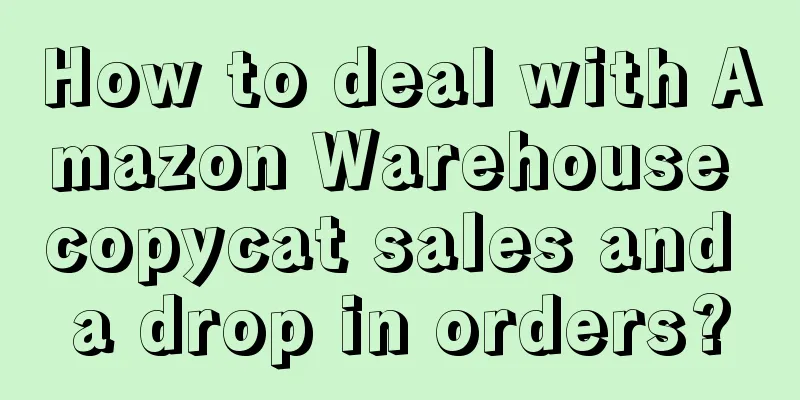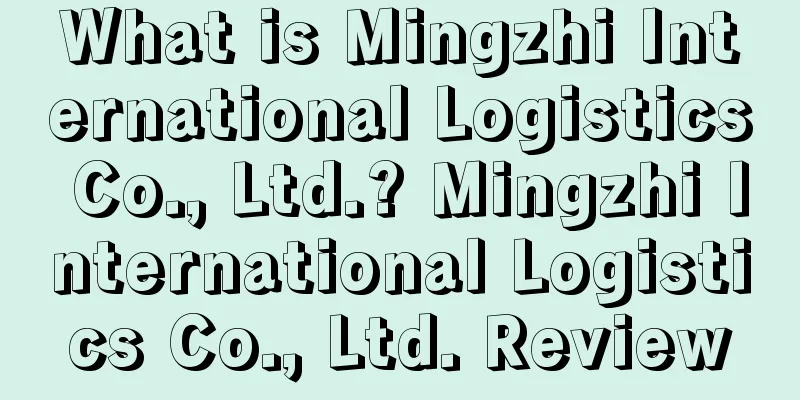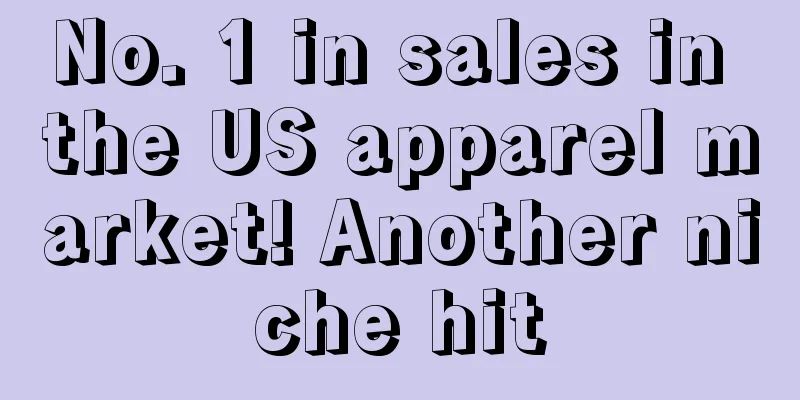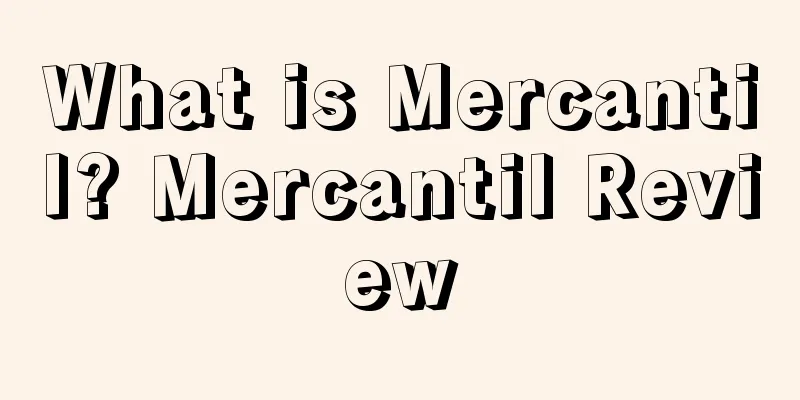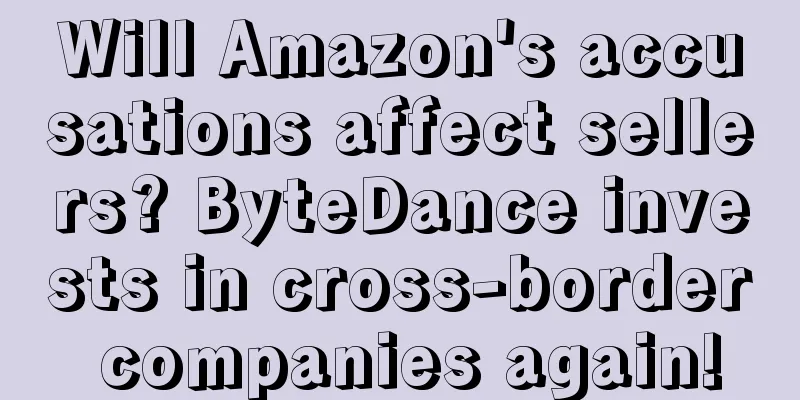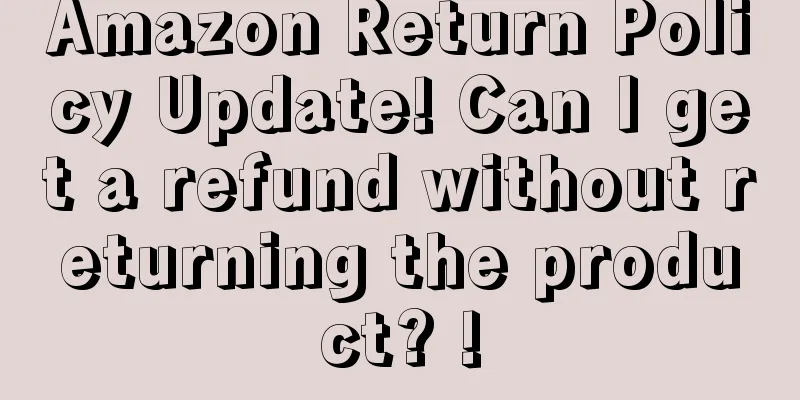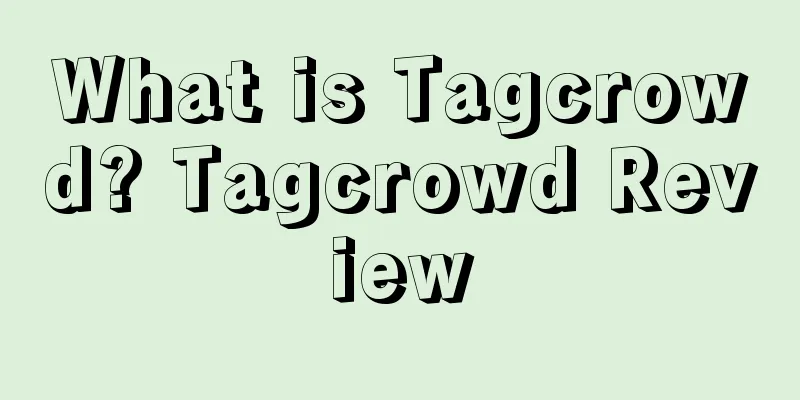|
What is Amazon Warehouse? Strictly speaking, Amazon Warehouse is an official place of Amazon dedicated to selling user returned products. Products will have different discounts based on differences such as color, which is generally known as second-hand follow-up sales. You can search the category directly on the front-end web page to find a large number of such products. The search box selects the Amazon Warehouse category, and then you can select the desired products based on different categories. In this case, the price of the product is lower than other products. Why does Amazon warehouse follow selling (Amazon follow selling)? Situation 1: Amazon’s no-reason return policy: If the seller applies to Amazon to destroy or otherwise handle the goods returned by the buyer, Amazon will first check the condition and newness of these goods. If it is considered that there are only minor defects that do not affect the use, etc., Amazon will sell the product under your listing in the name of Amazon warehouse. Situation 2: During the FBA process, the entire product warehousing, receipt, mailing, return, etc. are completely entrusted to Amazon. During the processing, damage is inevitable due to human error or other reasons. Although Amazon will compensate you for these losses, these damaged products are also identified and repaired by the Amazon warehouse , and then re-sold under your listing in a used like new state. What should sellers do if they don’t want to be copied by Amazon? 1. If there are only one or two items in stock, then buy them out directly. This is the most direct and effective way. You can ask familiar customers or local friends to help place orders. 2. Disable the refurbishment setting for unsaleable products in the background. Path: Settings > Amazon Logistics > Automatic Settings for Unsaleable Products > Register Value Recovery Options > Uncheck Refurbished Refurbishment, also known as Amazon Logistics Repackaging and Refurbishment Service, is an optional service and Refurbishment Service can be canceled directly. 3. Unsaleable or unwanted inventory should not be discarded or donated, but removed directly. It seems that it is most convenient to directly discard or donate many unsaleable inventories, but Amazon warehouse may also think that some of them can be sold as second-hand and will sell them. If you have overseas warehouse resources, you can move them directly to the overseas warehouse address, or to a private address you know, to prevent Amazon from taking advantage of you. The above methods can largely prevent second-hand copycat sales in Amazon warehouses, but they cannot completely eliminate the problem. 1. What is Amazon Transparency Program? Amazon said Transparency is a product serialization service that helps identify individual stock keeping units and proactively protects customers from counterfeit products. The following can scan the Amazon Transparency Program code: 1. Amazon scans the transparency code to verify that the products entering its logistics center are authentic. 2. Retailer (if the seller is a manufacturer). 3. Consumers can scan the transparency code using the mobile app to ensure they have not received counterfeit or fake goods. Transparency codes are 2D codes, which are different from typical barcodes. Amazon allows sellers to provide both codes on the same printed label. In order to win the Amazon Buy Box at a lower price, some sellers will use cheap materials to copy high-quality products, or even hijack sellers’ listings to sell their counterfeit goods. This will give customers a bad experience and damage the seller’s brand reputation. 2. How does Amazon’s Transparency Program work ? Transparency is similar to how big brands assign serial numbers to every SKU of every product they sell. For example, every iPhone has a unique serial number. Through the Amazon Transparency Program, when sellers ship products to a Fulfillment Center, Amazon will scan these codes for authenticity and will not accept inventory without a Transparency Code. Amazon also verifies the code before sellers sell the product. When the order reaches the customer, they can scan the code to verify its authenticity and check other information. A green checkmark means the product is authentic, while a red checkmark means it is a counterfeit. Customers can then contact the Transparency team to report potential fakes. The Amazon Transparency mobile app is available on the App Store and Google Play. Can Amazon sellers join Transparency and become FBM? If an Amazon seller uses Fulfilled By Merchant or Seller Fulfilled Prime, that is, if the seller handles the pick-pack-ship process themselves, they can still use the Amazon Transparency Program. Sellers can still get Transparent Codes from Amazon, but sellers must provide Amazon with product-specific codes for all shipments to customers. 4. Will the Transparency Code replace the UPC? The Transparency Code is not a replacement for the UPC. A Global Trade Item Number (GTIN), such as the Universal Product Code (UPC) or the European Article Number (EAN), is used to identify a product on the platform. Amazon Transparent IDs are used to identify each stock keeping unit of a specific product. |
